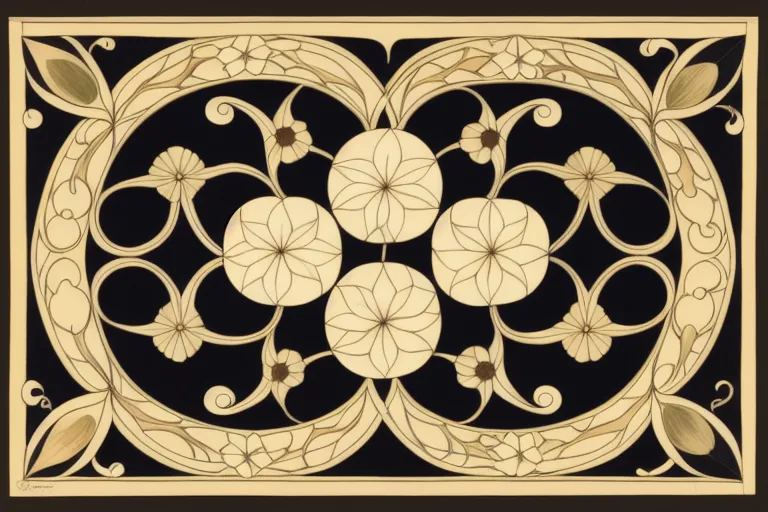

Written by Mo Kahn on
October 18, 2023
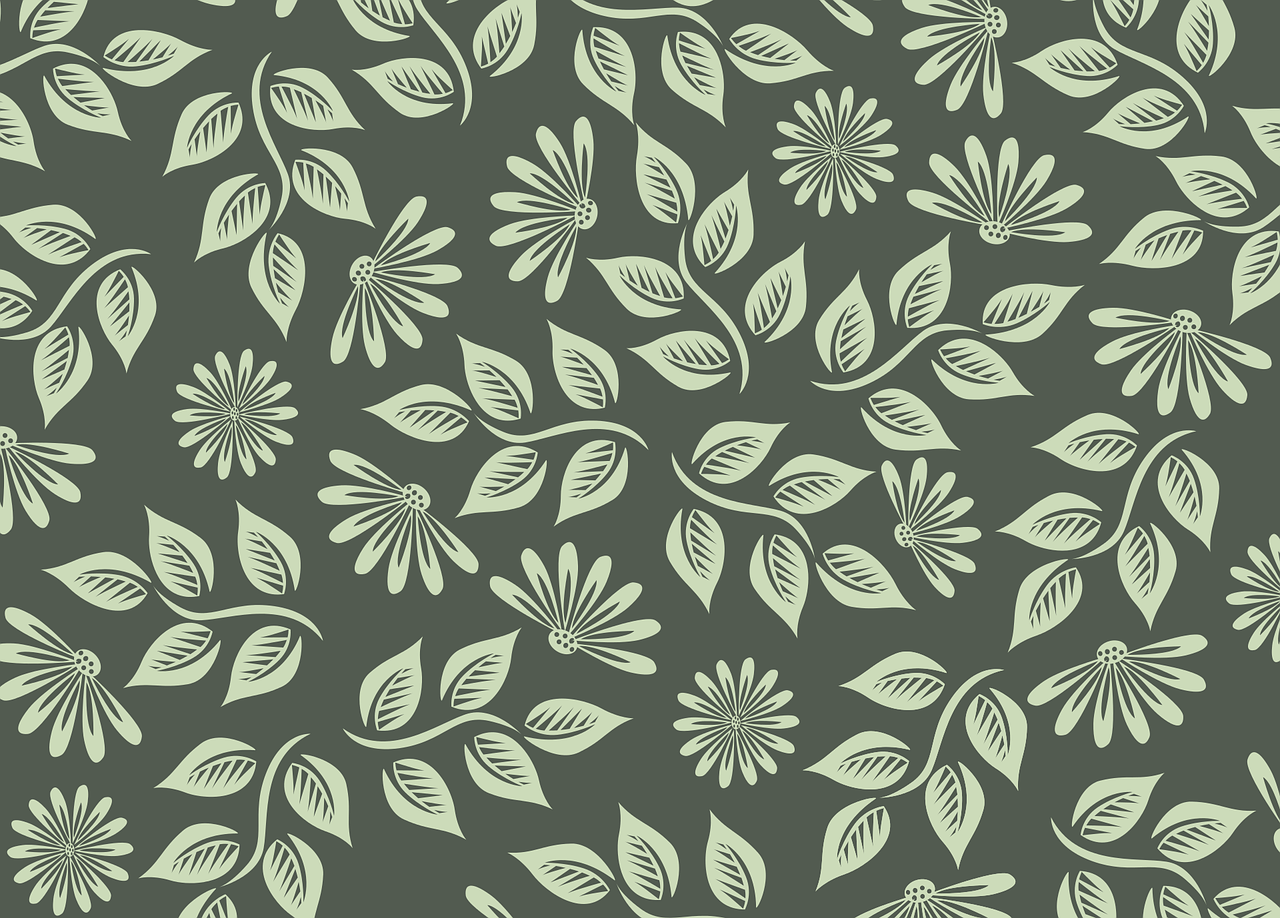
Pattern designs are everywhere you look. They are primarily artwork that repeats in a pattern and can be found on your phone case, wallpaper, wrapping paper, apparel fabric, floor covering, upholstery, and much more.
A design pattern is often applied as surface decoration and can include patterns, illustrations, hand-lettering, and artwork in a variety of styles. This artwork is also sometimes used to enhance the appearance or functionality of a product. In today’s age, these patterns are almost always in the form of digital files that can then be used or sent to a manufacturer for a specific product.
From a single sketch to an array of art mediums - design patterns can come in all shapes and sizes. But no matter the form, they'll eventually find themselves on a computer screen. The traditional process has involved Photoshop or Illustrator to turn that artwork into repeating patterns, but with the rise of technologies like artificial intelligence (AI), there are even more ways to design patters.
AI is a great tool for creatives, and it is opening up many new opportunities in design. At the same time, it has never been easier to get started with the rise of systems like AI-art generators. So if you decide to use AI for pattern design, you should follow a few key steps:
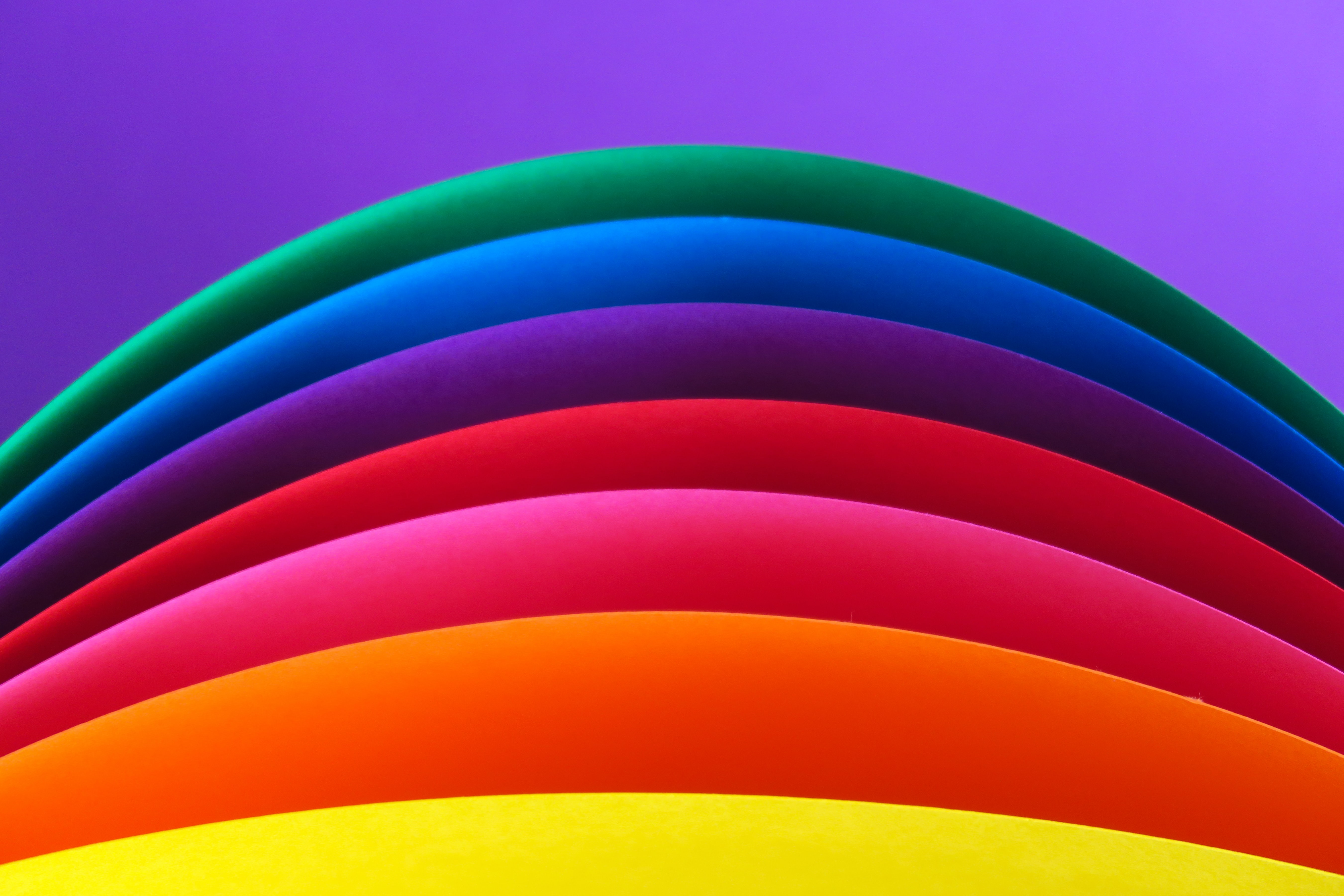
Ever wondered what makes a certain design pattern stand out? Color is one of the most crucial factors in design—it can create a mood and set the tone for an entire product.
Choosing your colors carefully requires understanding who you're targeting, which is why it's important to explore different color palettes. A palette refers to any combination of colors used together, making sure all hues get along with each other harmoniously. The right palette could be just what your project needs…so make sure to pick the perfect shades!
This color palette will come into play when you use AI to generate pattern designs, which we will discuss in more in detail in Step 4.
When it comes to designing, achieving balance is key. It's all about using color, texture, layout and size in harmony so your elements join together like a well-rounded jigsaw piece.
Building balance into a design pattern is essential for allowing something to feel visually complete and harmonious. Make sure you take the time to choose colors that compliment each other, textures that blend seamlessly and a layout tailored to what you're trying to portray - no one wants an unbalanced look! With mindful consideration on how the size of motifs tie into each other, this will reinforce your design and create overall balance.
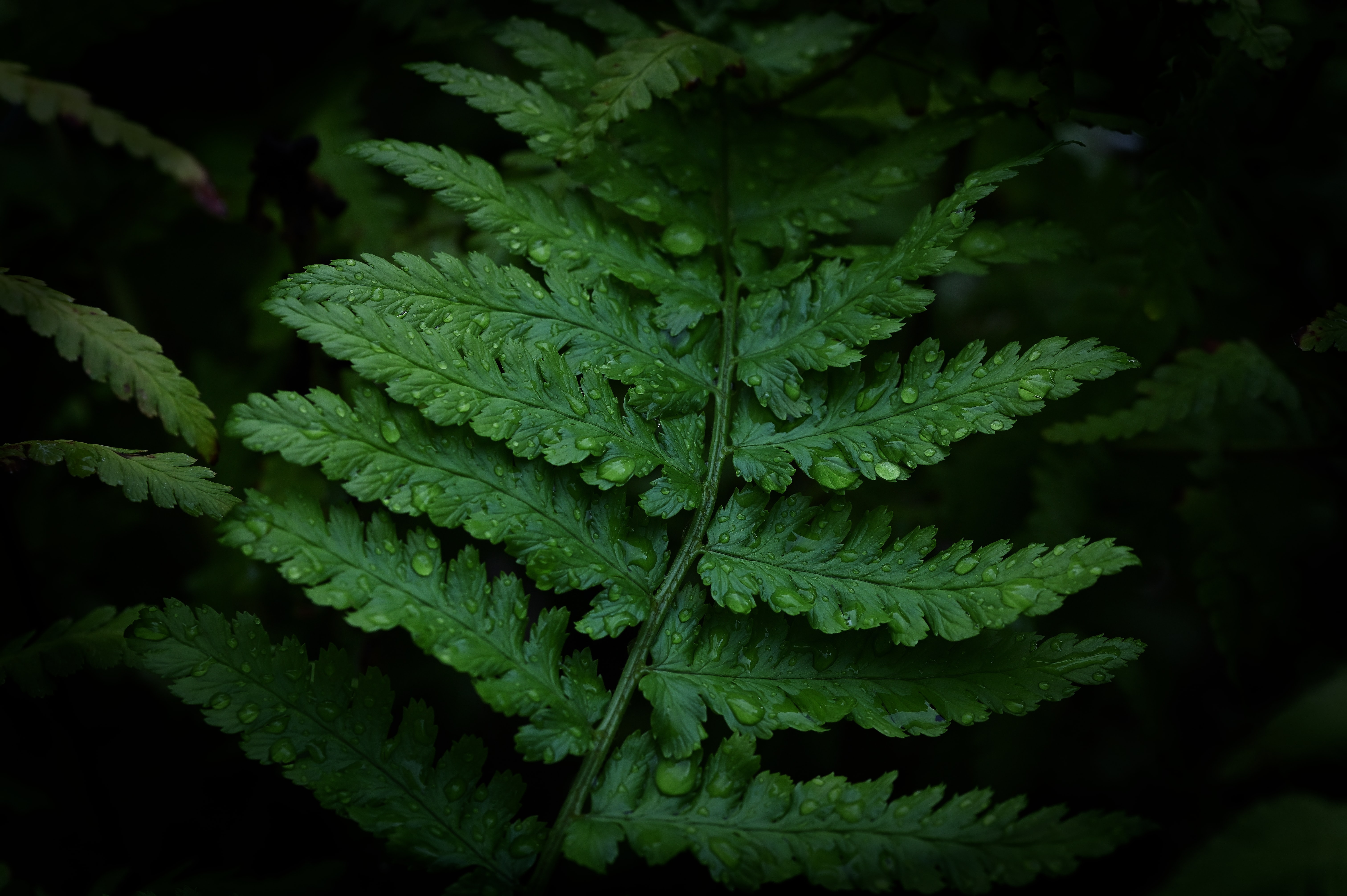
There are many different types of patterns that exist in our world, each serving as a source of inspiration for pattern design.
Nature is truly remarkable; it has on display so many intricately designed patterns, be it the symmetrical web of a spider or the spirals of a sea shell. The one thing common in all forms of natural patterns is that they cannot be replicated or quantified by any set rules, making them unique and special.
One way to recognize the beauty of individual nature-inspired patterns is to look at snowflakes, which are starkly different from one another even though they appear similar at first glance. Such naturally formed abstract designs remain unparalleled and thus, are often sought after by visual artists. Nature has a lot more to offer than just our initial observations - with close attention and admiration, we can get a deeper understanding of its artistic prowess.
On the other hand, man-made patterns tend to lean towards perfection, although some artists are challenging this norm. An example of a perfect pattern is the checkerboard. With its clear and symmetrical arrangement of black and white squares, it has become a popular choice in contemporary artwork.
But some artists are using different colors and altering the shape of their squares to create something new and unexpected. By taking an everyday pattern and introducing variations into their work, they are offering an interesting twist on a classic design element.
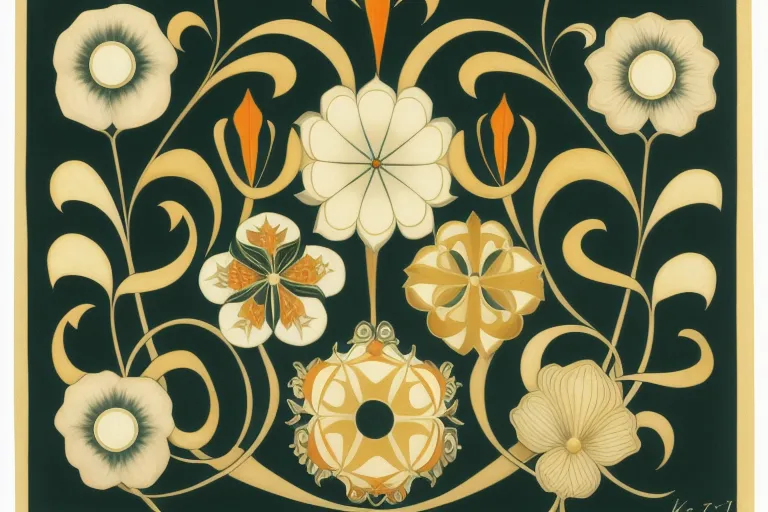
Once you have decided on a color palette, balanced your design pattern, and considered the various types of patterns that exist in our world, you are ready to use artificial intelligence to help create the final product.
AI art generators like starryai allow you to provide the AI system with details and specifics regarding your design pattern, such as colors and textures. All you have to do is enter a text prompt describing your pattern, and the AI will output a design pattern based on your features. This process can be repeated over and over with no limit.
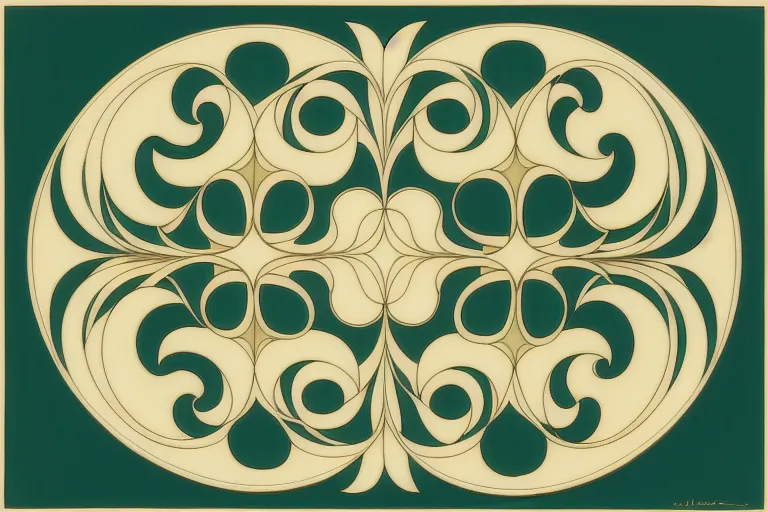
Once you have experimented and created various designs, you can save and compare them. Maybe you like a base design but would like to make a few alterations. You can keep going until the perfect design pattern is achieved. Thanks to AI, there has never been as many opportunities to create great pattern designs. And the best part is that it is more accessible than ever. No matter your skill level, you can create stunning visual patterns with starryai!